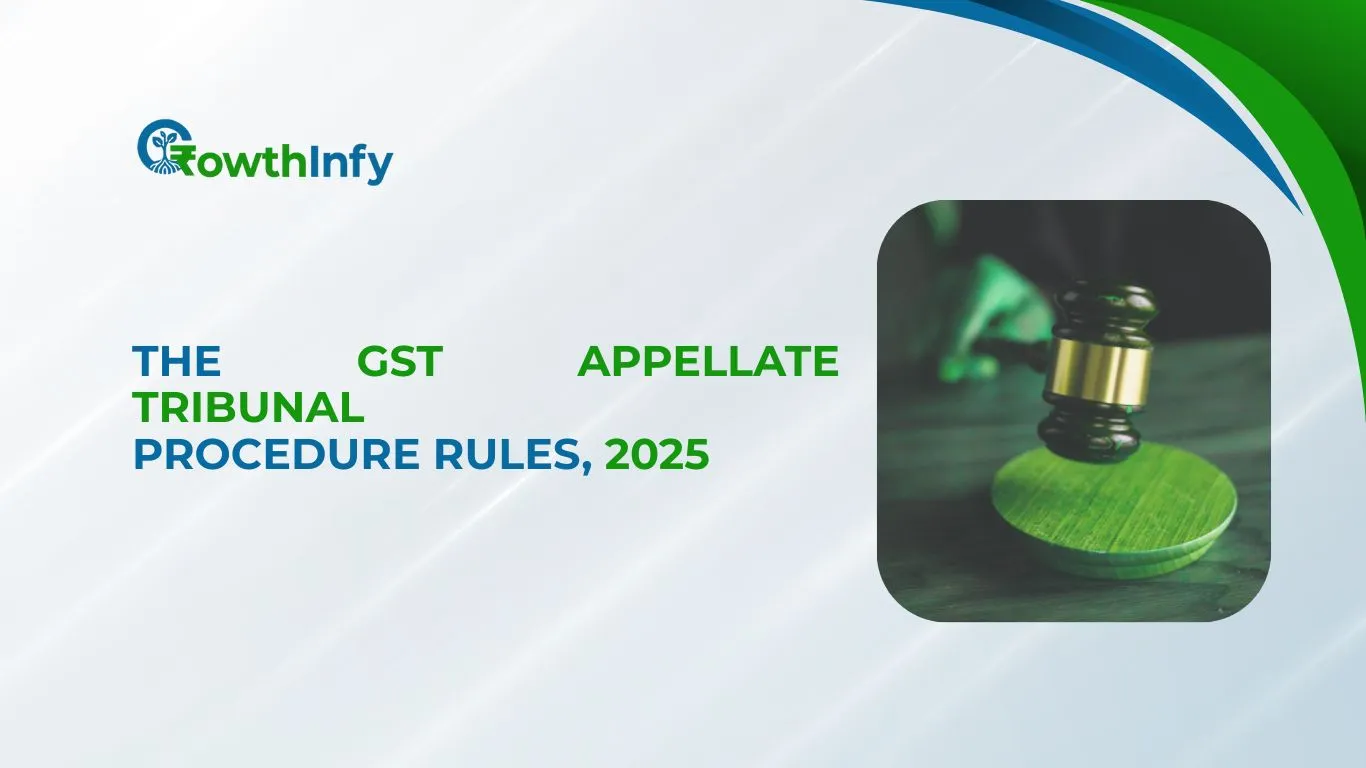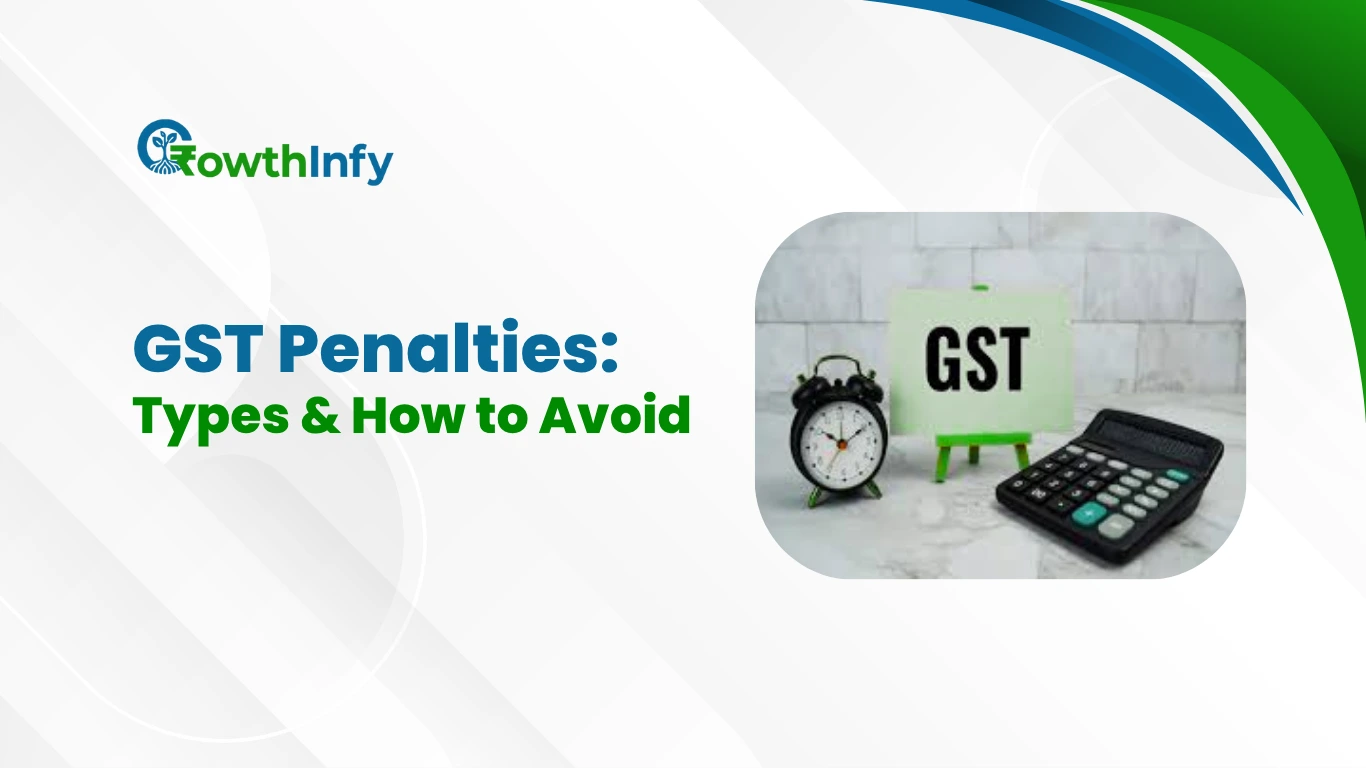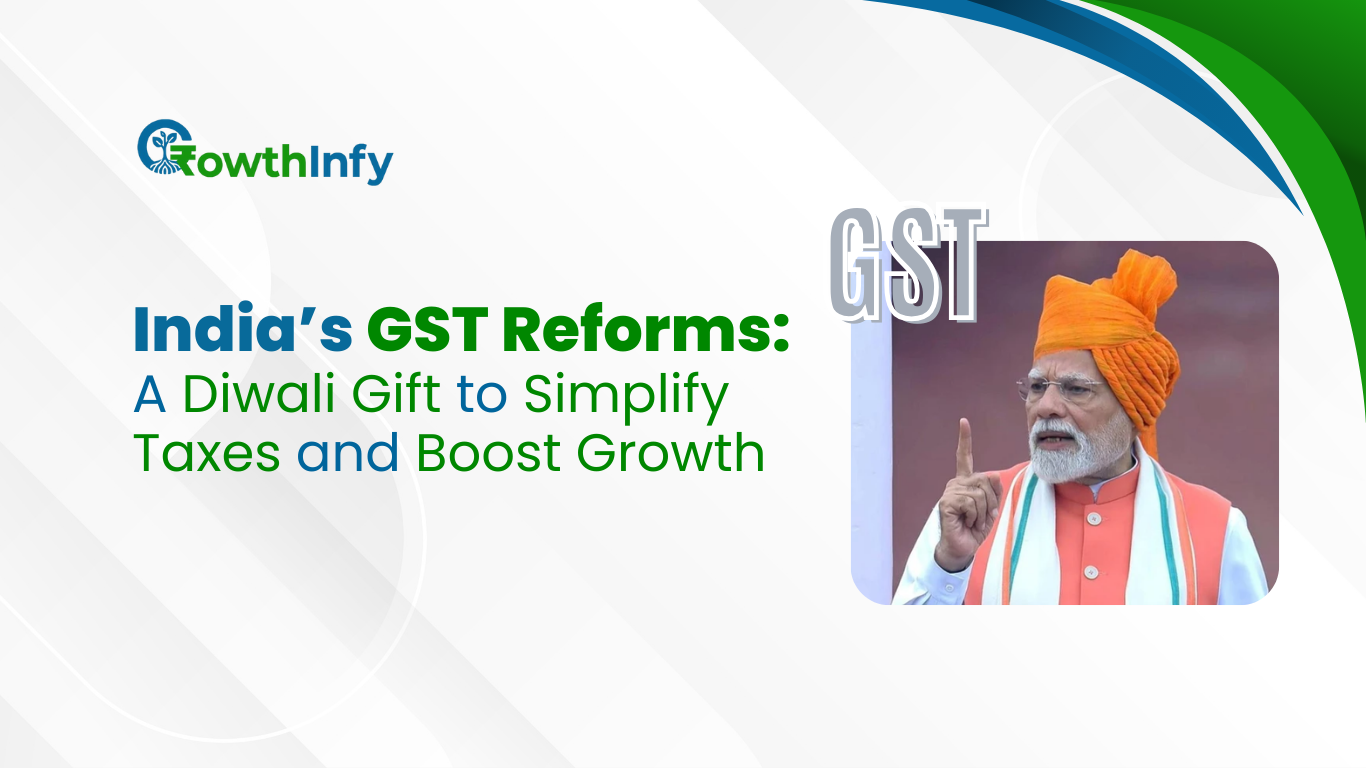Understanding the GST Appellate Tribunal Procedure Rules, 2025
On 24 April 2025, the Government of India in the Ministry of Finance made a significant move to simplify disputes related to taxation under the Goods and Services Tax (GST). They issued the Goods and Services Tax Appellate Tribunal (Procedure) Rules, 2025, via a notification named G.S.R. 256(E). These rules are in the nature of an instruction manual for the functioning of the GST Appellate Tribunal (GSTAT). The GSTAT is a unique authority that deals with appeals if a person is not satisfied with a decision made under GST. Let’s decode what these regulations mean in plain terms, why they are important, and how they will benefit businesses and taxpayers.
What is the GST Appellate Tribunal (GSTAT)?
The GSTAT is a kind of court that hears GST disputes. In case a taxpayer or business is dissatisfied with a ruling given by a GST officer or the First Appellate Authority (yet another level of appeal), they can appeal their case to the GSTAT. It’s the second appellate level under GST law and was instituted to ensure tax disputes are resolved justly and speedily. The GSTAT has a central office (referred to as the National Bench) in New Delhi and various state benches throughout India to facilitate easy access to people.
Prior to these regulations, the GSTAT was present but lacked precise guidelines on how it was supposed to function. The new regulations, which were notified under Section 111 of the Central Goods and Services Tax (CGST) Act, 2017, give a clear direction on how the tribunal will proceed with cases.
Key Features of the GST Appellate Tribunal Procedure Rules, 2025
The rules are divided into 15 chapters and cover everything from filing an appeal to how hearings happen. Here are the main points in simple terms:
1. Online Filing is a Must
- All appeals and documents must be filed online through the GSTAT Portal, a web-based platform.
- You must file such forms as GST APL-05 for appeals, together with a certified copy of the order being appealed against.
- This online method eliminates paperwork, saves time, and organizes the process better.
2. Hybrid Hearings for Flexibility
- Hearings may take place in person or remotely, as the Tribunal President may permit.
- This is great for people in far-off places who don’t have to travel to attend a hearing.
- The hearings are public by default, which keeps the process transparent.
3. Clear Timelines and Fees
- You must lodge appeals within a specified timeframe (normally three months from when the decision has been made).
- There is a filing fee for an appeal: ₹1,000 per ₹1 lakh of tax, penalty, or input tax credit in question, up to ₹25,000 and a minimum of ₹5,000.
- Emergency appeals submitted by noon can be scheduled for hearing the following working day, allowing prompt action for urgent cases.
4. How the Tribunal Works
- The tribunal sits from 10:30 AM to 1:30 PM and 2:30 PM to 4:30 PM on working days. The administration office is from 9:30 AM to 6:00 PM.
- The Registrar (an important officer) oversees cases, screens appeals, and maintains records in order.
- The tribunal may issue summonses, request documents, or take testimony, as in a civil court.
5. Language and Documents
- All documents and appeals have to be in English. If they are written in another language, you have to submit an English translation signed by an authorized representative.
- Documents like the order you’re appealing, grounds of appeal, and supporting facts must be submitted in a specific format.
6. Ex-Parte Hearings
- If either party fails to appear for a hearing, the tribunal may nevertheless proceed to deliver a decision. This is referred to as an ex-parte hearing.
- This makes sure cases don’t pile up if an individual is absent.
7. Authorized Representatives
- You can employ attorneys, chartered accountants, or any other tax professional to represent you. They must file a power of attorney or a form such as GSTAT FORM-04.
- There’s even a dress code for delegates, with occasional exemptions for various seasons.
8. Record-Keeping and Transparency
- The tribunal maintains detailed records, such as cause lists (schedules of cases), court diaries, and appeal status, in registers such as GSTAT-CDR-01 to GSTAT-CDR-08.
- Final orders are signed electronically and placed on the GSTAT Portal to be accessed by all.
Why These Rules Matter
The GST Appellate Tribunal Procedure Rules, 2025, are a game-changer for several reasons:
- Digital Efficiency: E-filing and hybrid hearings being made compulsory render the process accessible and up-to-date, particularly for SMEs or individuals in out-of-the-way places.
- Transparency: Public hearings, transparent procedures, and online accessibility of orders guarantee the process is equitable and transparent.
- Ease of Doing Business: By expediting and handling disputes more efficiently, the GSTAT allows business to concentrate on expansion rather than being bogged down by lawsuits.
- Uniformity Across India: Having benches in various states and a National Bench at New Delhi, the GSTAT makes sure that GST laws are enforced uniformly in the entire country.
How Will This Help Taxpayers and Businesses?
Suppose you are a small businessperson who received a GST notice you believe is unjust. You appeal to the First Appellate Authority, but you’re not happy with their ruling either. Now, you can approach the GSTAT. Here’s how the new rules simplify things for you:
- You are able to submit your appeal anywhere, without having to come into an office.
- If you’re remote from a bench in a tribunal, you may have a hearing online.
- The clear timelines ensure your case won’t go on forever.
- The tribunal’s authority, such as calling witnesses or examining evidence, guarantees your case is being heard justly.
Challenges to Watch Out For
While the rules are a big step forward, there could be some hiccups:
- Learning Curve: Professionals and taxpayers will take some time to be familiar with the GSTAT Portal and the new forms.
- Technical Problems: Any technical faults in the web portal may result in delays.
- Compliance: Companies need to have all documents in English and in the required formats, which could be challenging for others.
What’s Next?
The GSTAT is already functional, with its first President, (Retd) Sanjaya Kumar Mishra, being appointed in May 2024. The portal is live, and a few appeals have already been made. Taxpayers, consultants, and GST officers should begin to learn about the new rules to make compliance smoother. The government may also come out with additional guidelines or updates to make the process even smoother.
Conclusion
The GST Appellate Tribunal Procedure Rules, 2025, are a step in the right direction to simplify, expedite, and make GST disputes fairer. By becoming digital, having clear procedures, and providing flexibility, these rules reflect India’s intent to enhance its tax system and aid businesses. As a taxpayer, business owner, or tax professional, these rules are going to make your life easier when it comes to GST disputes.
For further details, you may refer to the official notice on the website of the Ministry of Finance or GSTAT Portal.




